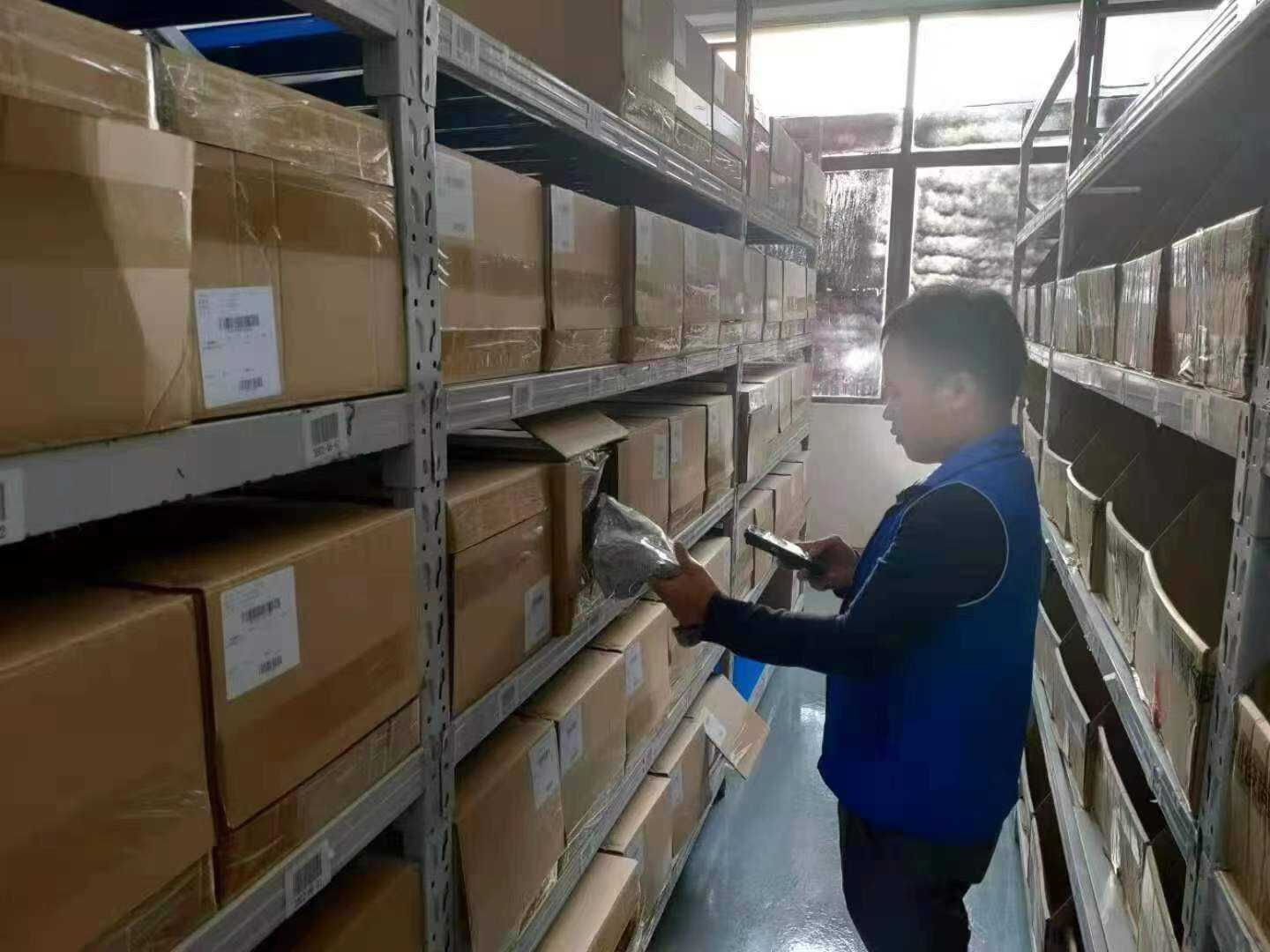Luxury Beauty Packaging Standards vs. 3PL Realities in China
International Compliance: EU Cosmetics Regulation vs. CSIC Standards
China luxury beauty brands must adhere to The EU Cosmetic Regulation 1223/2009, but also to China’s Cosmetic Supervision and Inspection Center (CSIC) standards. The EU prohibits animal testing and requires complete ingredient transparency, but China still requires animal testing for special-use cosmetics (which the country will reduce for ordinary cosmetics by 2023). This double-compliance hurdle has 58% of the imported premium skin-care lines reformulating and adding 3-5 weeks to the lead time when passing through Chinese third-party logistics (3PL) centers.
Material Handling Demands: From Glass Fragility to Gold Leaf Applications
High-end pack materials like hand-blown glass and gold leaf call for special care that typical 3PL workflows can't meet. Glass elements require foam-in-place transit protection with shock thresholds ≤15G, and gold leaf details require humidity-controlled environments less than 50% RH to prevent oxidation. According to industry data, damage rates for elaborate packaging can exceed 7.2 percent in standard warehouses compared to fewer than 0.8 percent in a climate-controlled facility, driving up handling costs by 40 percent over the processing of synthetic materials.
Industry Paradox: Premium Packaging vs. 3PL Cost Control Models
Luxury brands spend up to 35% on decorative attributes, including ceramic jars and magnetic closures, Chinese 3PLs are running on 10-15% margins and require standardized palletization. This disconnect leads to compromises: also in 2023, 47% of brands were forced to simplify packaging to comply with 3PL dimensional constraints, diluting the esthetic differentiation which 72% of luxury purchase decisions are based on.
Regulatory Challenges for 3PL Services in China's Beauty Sector
CSIC certification demands infrastructure investments beyond standard logistics capabilities, including dedicated quarantine zones, validated sterilization procedures, and blockchain-enabled traceability systems that comply with national quality monitoring requirements. These standards are particularly strict for luxury and imported cosmetics, which are subject to enhanced scrutiny under China's post-2021 cosmetics regulatory reforms. Warehouses must implement segregated storage for different risk-level products, enforce real-time batch tracking, and maintain digital records accessible by CSIC inspectors on demand. Supply chain data shows that 68% of newly onboarded 3PLs face certification delays exceeding 90 days, mainly due to inadequate compliance documentation, unvalidated cleaning protocols, or failure to meet CSIC's real-time data transmission standards. These delays often result in detention of goods at customs or missed product launch windows, leading to financial penalties or brand reputation risks for global beauty companies.

Technical Capabilities of Chinese 3PL Providers
Anti-Contamination Protocols in High-End Product Warehousing
Chinese 3PLs implement multi-layered anti-contamination measures designed to meet the exacting standards of luxury beauty brands. These include ISO Class 8 cleanrooms equipped with HEPA filtration to control particulate matter, as well as airlock entry systems to regulate staff movement and prevent outside contamination. Daily staff sanitization protocols—such as mandatory gowning, temperature checks, and alcohol-based hand disinfection—are strictly enforced. In addition, barrier technologies like nitrogen flushing are used to displace oxygen in packaging environments, effectively preserving sensitive ingredients and preventing microbial growth. Facilities also use UV sterilization tunnels for secondary packaging and deploy antimicrobial flooring and wall coatings to further reduce bioburden. These protocols not only ensure compliance with Good Manufacturing Practice (GMP) standards but also drastically lower the risk of product recall due to contamination. As a result, top-tier Chinese 3PLs have reported a 78% reduction in contamination-related incidents over a 24-month period, aligning their warehousing hygiene levels with those found in pharmaceutical-grade environments.
Temperature-Controlled Logistics for Organic Formulations
Precision environmental controls are critical for preserving organic compound integrity. Top operators use IoT monitors to track temperature (±0.5°C) and humidity (45-55% RH), with phase-change materials maintaining 2-8°C stability for 72+ hours. Compliant providers achieve 99.2% temperature consistency, preventing ingredient degradation that affects $740 million in organic skincare annually.
Limited Edition Packaging Turnaround Times: 72-Hour Fulfillment Benchmarks
Luxury brands face pressure to execute limited-edition launches within 72 hours. However, 68% of delays trace back to packaging synchronization failures, as intricate processes like gold foil application add 40% more handling time. These delays are further compounded by a lack of automation in finishing lines and the need for specialized labor to apply artisanal touches such as embossing or silk ribbon assembly. Additionally, discrepancies between design specifications and available packaging inventory often lead to last-minute substitutions, which can jeopardize brand consistency and delay final assembly.
Brand Alignment Challenges: Visual Merchandising in Bulk Shipments
Fragile components like silk ribbons suffer 25% higher damage rates in palletized transit. While standardized bulk packaging reduces handling costs by 30%, it risks diluting unboxing experiences that drive 47% of repurchases. This packaging simplification often compromises brand storytelling elements such as handwritten cards, layered product reveals, or textured finishes. As a result, luxury brands may see a drop in customer satisfaction scores and reduced virality on social media platforms where aesthetic presentation plays a central role.
Innovation Roadmap: How Chinese 3PLs Are Adapting
Blockchain Tracking Implementation in Luxury Supply Chains
Blockchain technology authenticates luxury beauty shipments, reducing verification times by 70% and counterfeiting incidents, which previously impacted 31% of high-end beauty shipments in 2023. By assigning each product a tamper-proof digital identity linked to production, packaging, and transit records, brands can offer end-to-end transparency to both regulators and consumers. Additionally, the integration of NFC tags or QR codes tied to the blockchain allows end users to verify authenticity with a smartphone scan, enhancing consumer trust while reducing return fraud. Brands adopting this system report increased engagement rates, as buyers increasingly value traceability and provenance in premium skincare and cosmetics.
Robotics Investment: Beauty-Optimized ASRS Systems
Automated Storage/Retrieval Systems (ASRS) tailored for fragile components achieve <0.1% damage rates, a 90% improvement over manual processes. These systems integrate with ERP platforms, achieving 99.8% inventory accuracy for limited-edition releases. Purpose-built for the beauty industry, these ASRS units feature soft-grip robotic arms and vibration-dampening shelves that minimize microfractures in glass packaging and preserve decorative elements like embossed foil or pearl finishes. Real-time synchronization with WMS platforms ensures dynamic allocation of high-demand SKUs and minimizes dwell time in staging zones, accelerating outbound flows by up to 42%. For luxury brands, this investment enables precise kitting for gift boxes, minimizes rework, and supports SKU proliferation without compromising efficiency.
Strategic Partnership Models: 3PL-Brand Co-Development Programs
Joint innovation labs between brands and 3PLs reduce product damage rates by 35% and cut launch timelines by 50% since 2022. These partnerships optimize material handling protocols and accelerate seasonal collection fulfillment. Co-development initiatives often include shared R&D on customized packaging solutions, robotics programming for non-standard shapes, and the implementation of predictive analytics to forecast demand spikes tied to influencer-driven campaigns. Additionally, brands gain early access to next-gen logistics tech such as adaptive racking systems and AI-enabled defect detection, enabling rapid A/B testing of fulfillment strategies. This collaborative model fosters supply chain resilience and aligns fulfillment capabilities with the aesthetic and performance standards of luxury beauty.
FAQ Section
Why do luxury beauty brands face challenges in China's 3PL system?
Luxury beauty brands face challenges due to conflicting regulatory frameworks and inadequate material handling capabilities, which impact the integrity of high-end packaging.
What are the CSIC standards?
The Cosmetic Supervision and Inspection Center (CSIC) standards are regulations in China that luxury beauty brands must comply with, sometimes requiring additional measures like animal testing.
How do Chinese 3PL providers adapt to luxury beauty demands?
Chinese 3PL providers are enhancing their capabilities by investing in blockchain technology, robotics, and strategic partnerships to better meet the needs of luxury beauty brands and reduce product damage.



